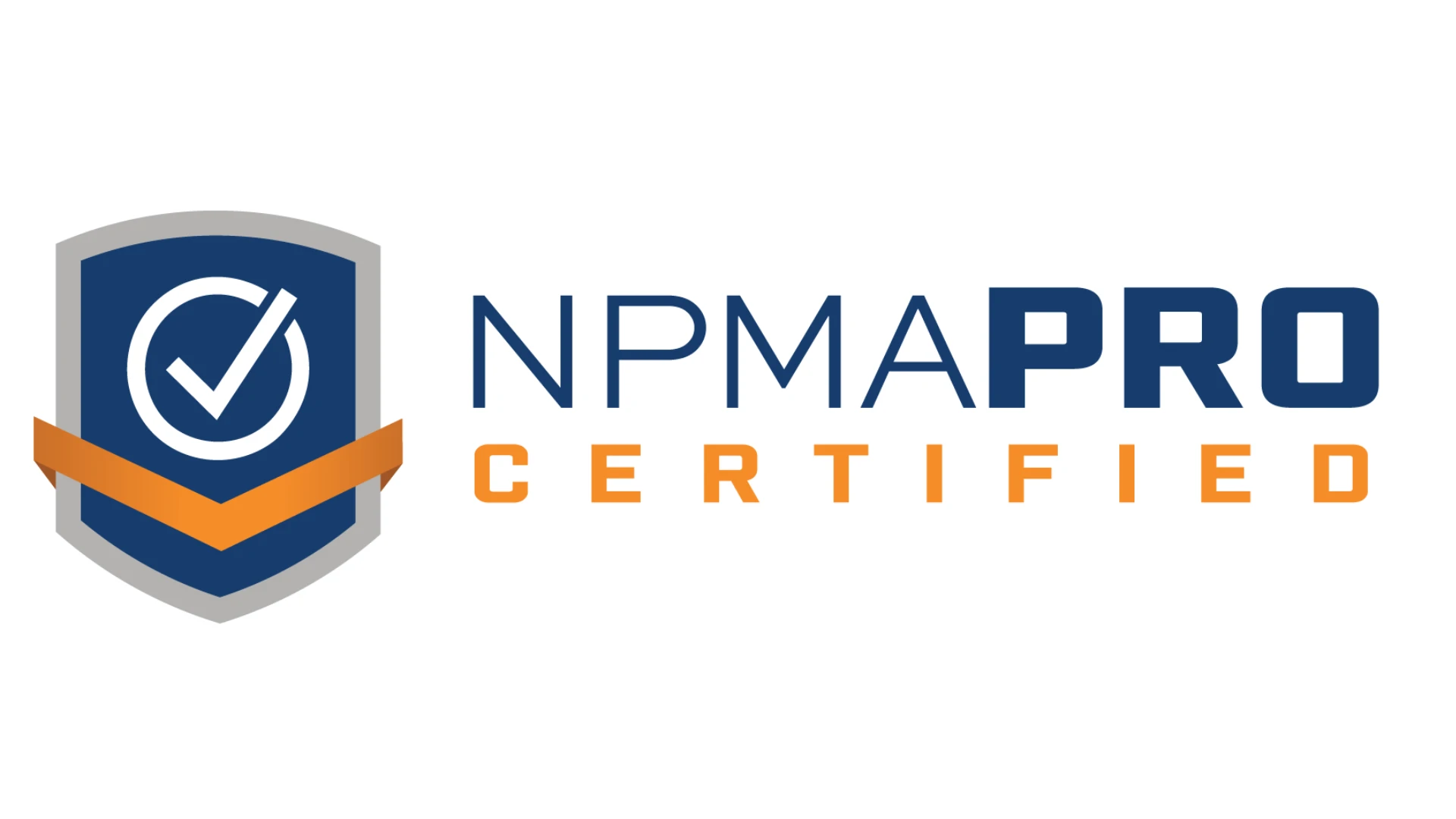
When I left my position at one of the industry’s largest companies — in fact, I had worked for the industry’s two largest companies, plus a family-owned technology company — I naively assumed that opening my own pest control business would be an easy endeavor.
My mistake.
As you can probably imagine, I discovered fairly quickly that operating a small company is very different from working under the safety of well-known corporate umbrellas. For one thing, you don’t have a team of specialists supporting you. You have to play every role yourself. And even though I had plenty of experience managing multi-million-dollar branches, districts and regions, I lacked many of the skills necessary for resolving the day-to-day challenges my small, independently owned business would face.
WALKING THE WALK.For example, I needed more hands-on experience in the field. I had established Ecoskan as an eco-friendly consulting company, with the goal of driving growth through consulting, auditing and providing green solutions for clients, many of whom would be other pest management companies. But how would I earn the respect of these companies without the day-to-day familiarity of doing the actual work? In order to expand my knowledge and expertise, I was determined to learn how to do everything — from pest control to wood repair to animal trapping — so that I could support their efforts to provide extraordinary service. This exercise opened my eyes to some interesting questions:
How do you accurately estimate the time it will take for a technician who is not yet proficient to do the physical labor or installation required by a job? I found that I was underestimating projects fairly consistently because I wasn’t taking into account the varying levels of proficiency of technicians and/or subcontractors. By doing the work myself — in many cases, learning new skills — I realized that until you’ve provided a service a few times, it’s going to take you a little longer to get it right.
Should the customer pay for this lack of expediency? Of course not. Unfortunately, that means my company pays for it. The longer it takes my people to complete a job, the lower my profit margins.
How do you get all of your technicians up to speed — in other words, at a level where their work is turning a profit for the business? We begin by going out with our technicians every time they perform a service that is new to them. They do the job with the high level of professionalism we require from them but at a slightly slower pace. We also provide training and certification opportunities. Ultimately, every member of the team becomes proficient and contributes to the company’s profitability.
As owners and managers, we need to appreciate the expectations we place upon those who work in the field. We can’t expect them to be specialists in every area. And so it’s our job to identify our niche and make sure that we develop our people into experts within that area of specialization. For Ecoskan, that’s green pest control. We work with individuals and other companies who share our vision of green, sustainable solutions. And we’ve made very sure of one vital aspect of our business: Our people know green!
SEASONAL EBBS AND FLOWS.In terms of staffing my business, I ran into unforeseen challenges as well. Here in California, we see a lot of consistency in pest pressure both residentially and commercially. Still, from May to October, our business picks up significantly. The first time I experienced this, I found myself picking up the slack for a variety of positions. And while this was a great opportunity for me to get a good grasp of what the people in every position are required to do, it wasn’t the ideal way to run the business.
When I was with the large corporate players, we were never at a loss for backup. As a small business owner, though, I find myself determining whether we staff up, outsource or identify some other solution to ensure customer satisfaction during our busy season.
EMBRACING TECHNOLOGY.It’s no secret that technology can help a business work more efficiently. Having worked in the technology industry and having a business partner with technology experience made a significant difference in how I selected the right tools for efficiency. To me, this was a good place to enlist the help of trusted mentors and partners; otherwise, I might have drowned in the sea of available options.
Relying on association meetings, industry publications and my colleagues for insights into technological advances, I identified — and continue to identify — high-tech solutions that improve our service model. They help eliminate redundancies, increase efficiencies and make the customer experience exceptional.

Our business is still relatively young, but I am very happy to have learned from my early mistakes and gone on to build a strong company, poised to bring value to our business partners. For as long as our company continues to operate, we will continue to learn, always striving to make Ecoskan a stronger contributor to the industry’s green-minded endeavors.

Explore the December 2015 Issue
Check out more from this issue and find your next story to read.
Latest from Pest Control Technology
- Scorpion Launches Capacity Marketing Engine
- Petti Pest Control Owners Reflect on Finding Success as a Father-Son Duo
- Effective Mitigation of Crow Infestations
- Mosquito Control: Spraying vs. IPM
- Terminix Service's Leaders Inducted into South Carolina Business Hall of Fame
- Christner on Colorado's Preemption Roll Back on Business Growth
- How to Get Rid of Odorous House Ants
- Massey Services Promotes Herndon to Director of Sales for Multi-Family Division








